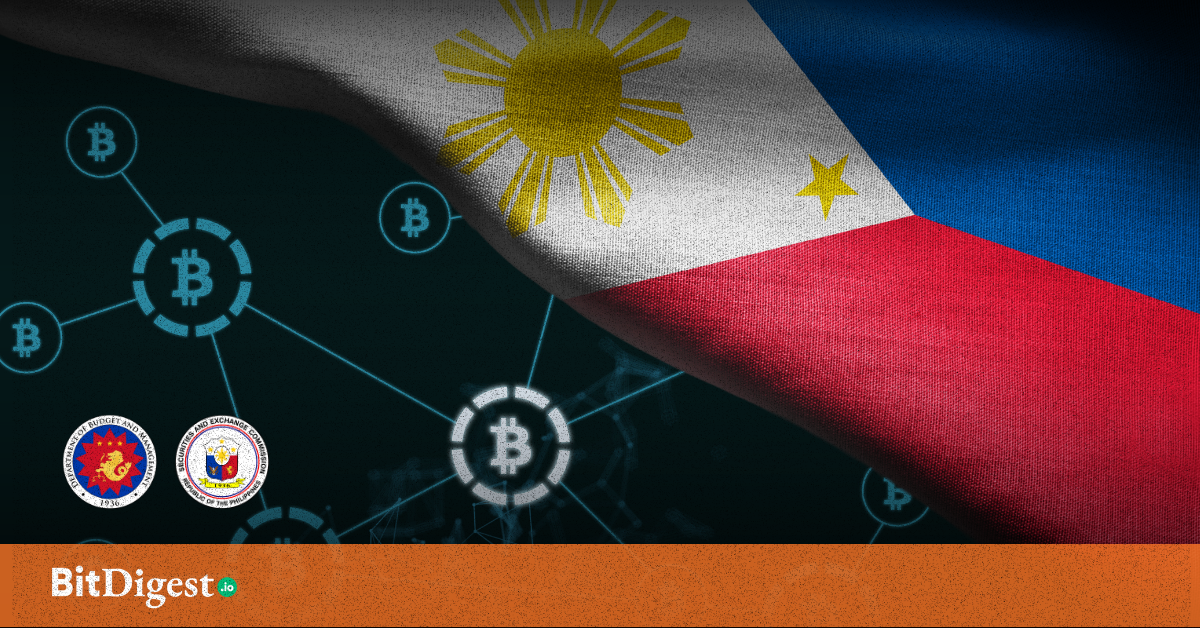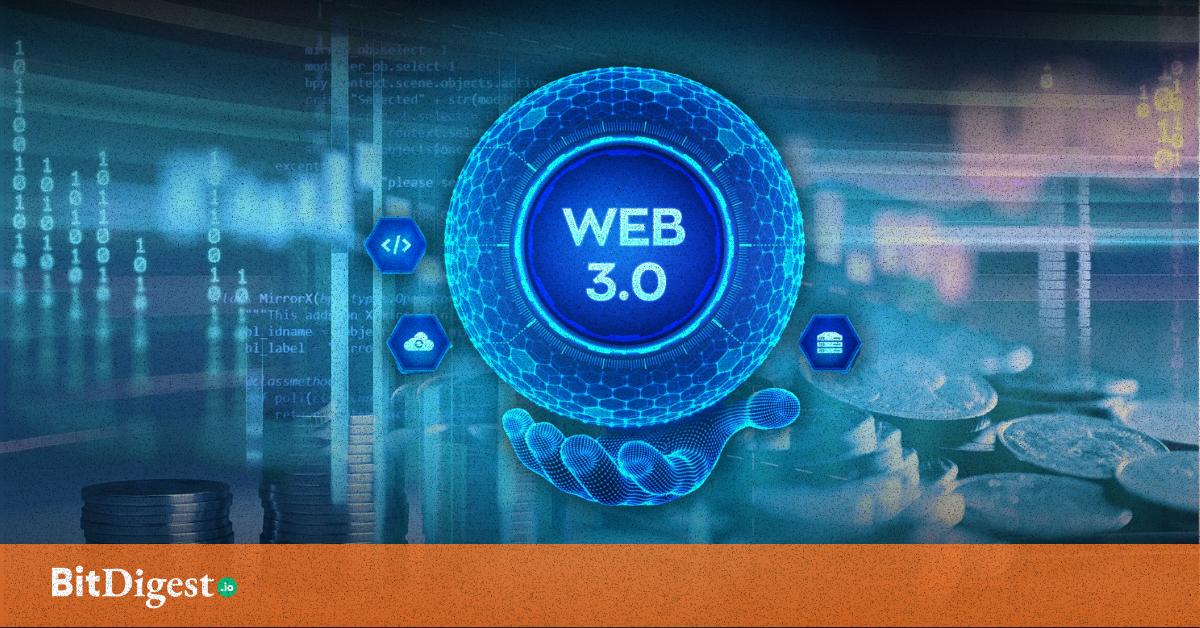What Should AI in Government Look Like?
BUSAN, South Korea – President Ferdinand Marcos Jr. has expressed strong urgency for adopting artificial intelligence (AI) across Philippine government agencies, warning that delays could leave the country behind in innovation and efficiency.
“You’re missing a chance if you wait,” Marcos said in a media huddle on Nov. 1, during the Asia-Pacific Economic Cooperation (APEC) summit in South Korea. “AI is like a wave—no matter what you do, you’ll get wet.”
While the President clarified that it was too early to issue a one-size-fits-all directive, he stressed that the government must “learn how to use AI properly” in a secure and people-centered way. He noted that AI’s capabilities evolve rapidly and must be closely studied with local and global experts.
“What AI can do one month ago is different from what it will be able to do one month from now,” he said. “You must take advantage of it as quickly as possible.”
The APEC meetings prominently featured AI as a transformative tool for public governance, with leaders across the region calling for cooperation on ethical guidelines, innovation policies, and responsible adoption.
What Should AI in Government Look Like?
Marcos’ remarks raise a critical policy question: What does AI adoption look like in the real work of government?
With varying levels of digital maturity across departments, there is no universal playbook, but early signals suggest that sector-specific strategies are already forming.
Where AI Fits: A Departmental Breakdown
- Department of Social Welfare and Development (DSWD) has begun piloting chatbots to manage routine inquiries for aid programs, reducing load on staff and improving service response.
- Bureau of Internal Revenue (BIR) in its 2024-2028 Digital Transformation Roadmap, cited plans to use AI in fraud detection, data analysis, and taxpayer profiling, with a view toward smarter audits and reduced leakage.
- Department of Health (DOH) is working with local researchers on AI-enabled disease forecasting systems, aimed at strengthening preparedness for outbreaks and health resource planning.
- Department of Transportation (DOTr) is testing predictive analytics tools that can help improve route planning and traffic decongestion, though agency-wide AI integration remains at an early stage.
According to AI policy researchers from the University of the Philippines, the next priority should be to develop internal governance frameworks for each agency.
“AI can bring real efficiency gains, but without governance layers and strong data standards, it can just as easily scale up inefficiencies,” said one researcher involved in public tech policy consultations.
While Marcos affirmed a strong desire to implement AI “as much as we can, as soon as we can,” he also acknowledged that agencies need time to determine how AI can best serve their mandates. “Each department has a slightly different AI,” he noted.
The Department of Science and Technology (DOST) has been building the National AI Strategy Roadmap since 2023, which lays out use cases in education, agriculture, healthcare, manufacturing, and public governance. However, actual implementation, and alignment with other departments remains uneven.
Agencies must also grapple with the limits of their current data systems. Poor data quality, siloed records, and legacy infrastructure may limit what AI can achieve, experts say. “You can’t train a smart system on broken inputs,” said a consultant advising LGUs on digital services.
Marcos was clear: AI adoption must be people-centered, helping Filipinos, not displacing them.
“There are so many aspects to it that it really has to be studied very, very hard,” he said. “We have to learn how we can use it to best help our people.”
To that end, civil society groups and academics have called for transparency mechanisms, pilot testing with third-party review, and safeguards against algorithmic bias or automation that replaces critical human roles in service delivery.
The Road Ahead: Coordinated or Fragmented?
While no sweeping mandate exists yet, AI is already finding its way into Philippine bureaucracy. But will these efforts converge into a coherent strategy, or remain scattered and experimental? That’s the question policymakers now face.
Without stronger coordination across departments, and without a central agency overseeing cross-sector AI integration, the country risks missing out on synergies and shared infrastructure; or worse, scaling up fragmented, unaccountable AI tools.
As the President rightly said, “AI is going to come.” But whether it uplifts government services—or simply automates old inefficiencies—will depend on how deliberately the country answers one question: What should AI in government actually look like?
.svg)
.png)

.svg) SHARE TO FACEBOOK
SHARE TO FACEBOOK SHARE TO TWITTER/X
SHARE TO TWITTER/X SHARE TO LINKEDIN
SHARE TO LINKEDIN SEND TO MAIL
SEND TO MAIL





.svg)


.svg)